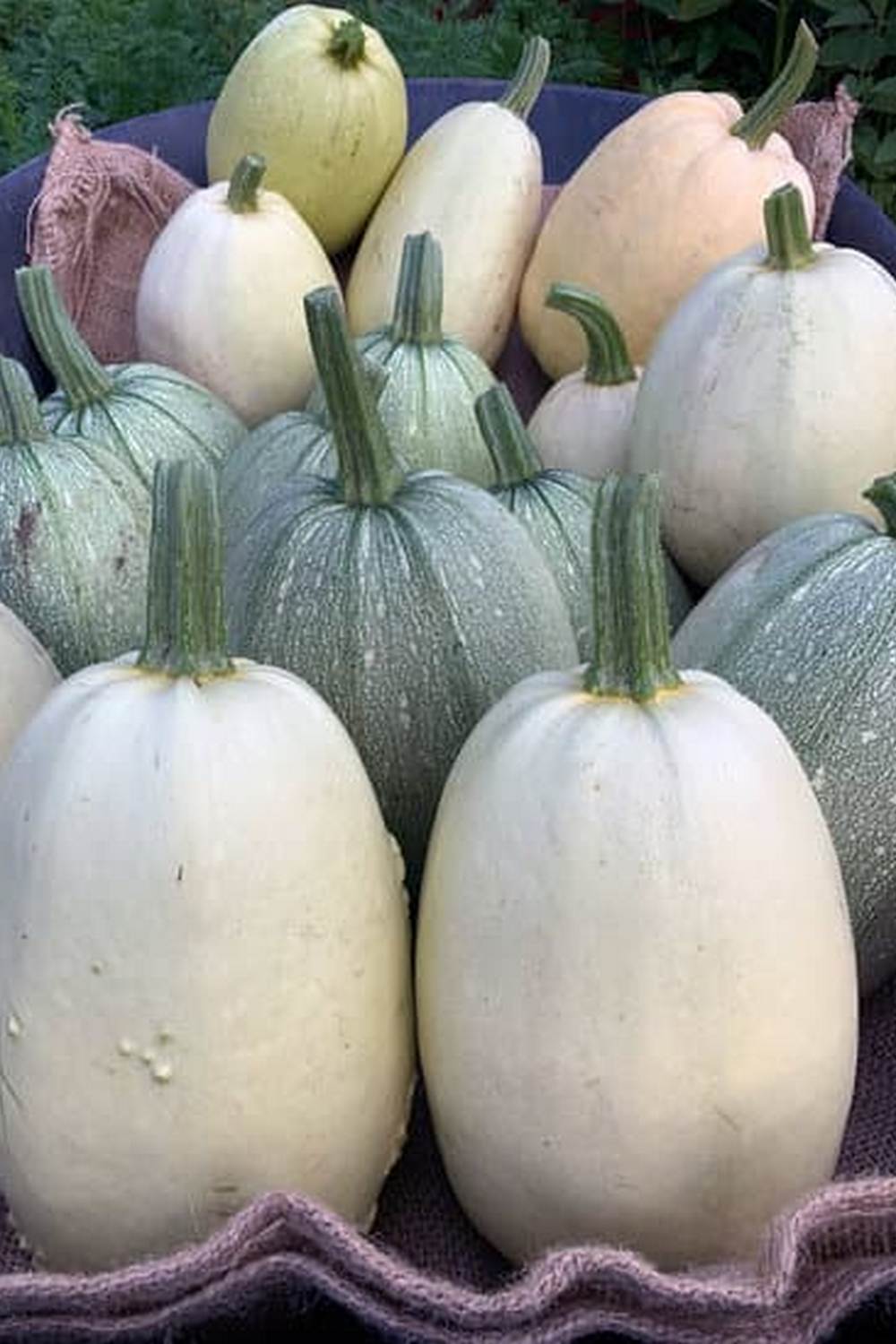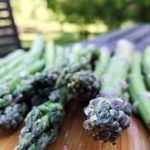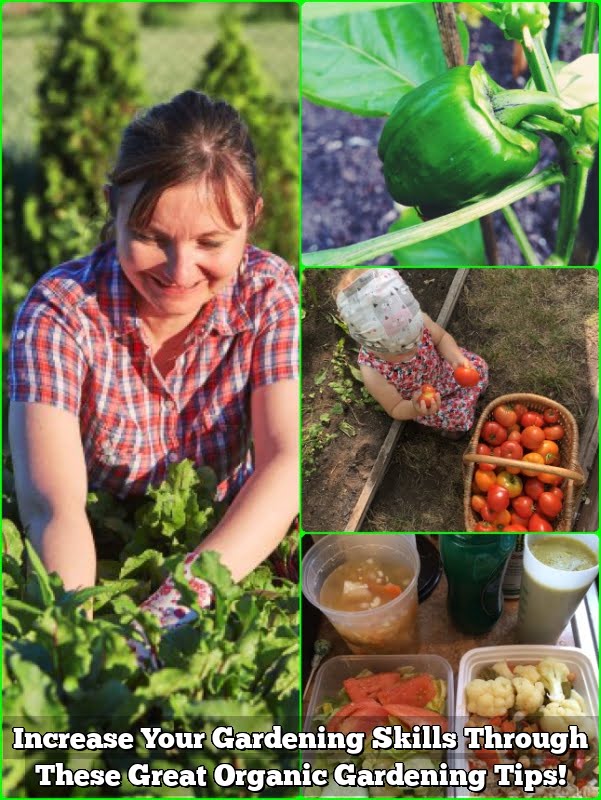Are you ready to unlock the secrets to vegetable gardening and create a bountiful harvest in your own backyard? From selecting the right location to understanding the basics of soil preparation, this article will provide you with all the tips and tricks you need for successful vegetable gardening. Whether you’re a beginner or an experienced gardener, learning the secrets to vegetable gardening will help you grow healthy and nutritious vegetables year-round.
When it comes to successful vegetable gardening, understanding the basics is essential. From choosing the best location for your garden to selecting the right vegetables for your climate, there are several factors to consider. This introduction will set the stage for exploring the key secrets that will help you achieve optimal growth and yield in your vegetable garden.
Throughout this article, we will delve into important topics such as soil preparation, watering and fertilizing techniques, pest and disease management, seasonal care and maintenance, as well as harvesting and storing your vegetables. By mastering these secrets, you’ll be well on your way to enjoying a thriving vegetable garden that provides you with an abundance of fresh and flavorful produce. So let’s get started on unlocking the secrets to successful vegetable gardening.
Selecting the Right Location for Your Vegetable Garden
When it comes to vegetable gardening, one of the most important factors for success is selecting the right location for your garden. The amount of sunlight, the quality of the soil, and proper drainage are crucial to the health and productivity of your vegetables.
Sunlight: A Key Ingredient for Healthy Plants
Vegetables need ample sunlight to thrive. When selecting a location for your garden, choose a spot that receives at least 6-8 hours of direct sunlight per day. Without adequate sunlight, plants may become leggy, produce fewer flowers or fruit, and be more susceptible to disease.
Soil Quality and Drainage: Building a Foundation for Success
The soil in your vegetable garden should be rich in organic matter and well-draining. Conduct a soil test to determine the pH and nutrient levels, and make amendments as needed to create an ideal growing environment for your vegetables. Additionally, ensure that the location has proper drainage to prevent waterlogged soil, which can lead to root rot and other issues.
Location Considerations
Take into account any nearby structures or trees that may cast shade on your garden throughout the day. Also consider accessibility to water sources for irrigation and proximity to your home for easy maintenance and harvesting. By carefully evaluating these factors and selecting an optimal location for your vegetable garden, you’ll set the stage for a successful growing season.
By paying attention to these secrets to vegetable gardening when selecting the right location for your garden, you will lay a strong foundation for healthy plants and a bountiful harvest.
Choosing the Best Vegetables for Your Climate
When it comes to vegetable gardening, one of the most important factors to consider is choosing the right vegetables for your climate. Not all vegetables thrive in all types of climates, so it’s crucial to select varieties that are well-suited to the specific conditions in your area. Here are some tips for success when it comes to choosing the best vegetables for your climate:
Research Your Climate
The first step in choosing the best vegetables for your climate is to do some research on the specific conditions in your area. Consider factors such as average temperature, precipitation levels, and length of growing season. This will help you identify which vegetables are most likely to thrive in your particular climate.
Selecting Varieties That Thrive
Once you have a good understanding of your local climate, it’s time to select vegetable varieties that are known to do well in those conditions. Look for seed catalogs or visit local nurseries and garden centers to find varieties that are specifically recommended for your climate. For example, if you live in a hot and humid climate, you may want to choose heat-tolerant tomato varieties or resistant cucumber varieties.
Consider Microclimates
In addition to considering the overall climate in your area, don’t forget to take into account any microclimates that may exist in your garden. Certain areas of your yard may receive more sun or be more sheltered from wind, which can create unique growing conditions. Take advantage of these microclimates by choosing vegetables that are particularly well-suited to those specific conditions.
By taking the time to research your climate, selecting appropriate vegetable varieties, and considering microclimates within your garden, you can set yourself up for success when it comes to growing a bountiful and thriving vegetable garden. These secrets to vegetable gardening will help ensure that you’re able produce a rich and diverse harvest year after year.
Soil Preparation
The key to a successful vegetable garden lies in the quality of the soil. Proper soil preparation is essential for growing healthy and nutritious vegetables. One of the secrets to vegetable gardening is to start with well-prepared soil that is rich in organic matter, nutrients, and has good drainage. By taking the time to prepare your soil properly, you can set your vegetable garden up for success from the very beginning.
To prepare your soil, start by testing its pH level. Most vegetables prefer a slightly acidic soil with a pH level between 6 and 7. If needed, you can adjust the pH level by adding lime to raise it or sulfur to lower it. Once you have determined and adjusted the pH level, enrich the soil with organic matter such as compost or well-rotted manure. This will improve the soil structure, fertility, and its ability to retain moisture.
Another important aspect of soil preparation is ensuring proper aeration. Tilling or turning over the soil can help loosen compacted earth and improve air circulation to the roots of your vegetables. Additionally, incorporating organic matter into the soil will also help with aeration as it creates channels for air and water to flow through.
Properly preparing your soil sets a strong foundation for healthy plant growth by providing essential nutrients and creating an environment where roots can thrive. By following these tips for soil preparation, you can ensure that your vegetable garden is primed for optimal growth and yields.
| Aspect | Details |
|---|---|
| pH Level | Slightly acidic pH level between 6 and 7 preferred for most vegetables; adjust using lime or sulfur if necessary |
| Organic Matter | Enrich soil with compost or well-rotted manure to improve fertility and moisture retention |
| Aeration | Till or turn over the soil to loosen it up, incorporate organic matter to create channels for air and water flow |
Watering and Fertilizing
When it comes to vegetable gardening, proper watering and fertilizing are essential for achieving optimal growth and yield. By following these secrets to vegetable gardening, you can ensure that your plants are well-nourished and thriving.
- Watering: One of the most important secrets to successful vegetable gardening is proper watering. Vegetables need consistent moisture to grow, but overwatering can lead to root rot and other issues. It’s important to water your garden in the morning to allow for absorption before the heat of the day. Additionally, utilizing a soaker hose or drip irrigation system can help deliver water directly to the roots, reducing waste and promoting healthier plants.
- Fertilizing: Another key secret to vegetable gardening is providing the right nutrients to your plants through fertilization. Before planting, it’s essential to prepare your soil with organic matter such as compost or well-rotted manure. Once your vegetables are growing, consider using a balanced fertilizer that contains nitrogen, phosphorus, and potassium to support healthy foliage growth, strong root development, and overall plant health.
- Mulching: Using mulch around your vegetable plants can also help with water retention and nutrient availability. Mulch helps reduce evaporation and maintain even soil moisture levels while also providing a barrier against weed growth, ensuring that your vegetables receive the maximum benefit from any applied fertilizer or water.
By understanding the importance of proper watering techniques and effective fertilization practices, you can unlock the secrets to achieving optimal growth and yield in your vegetable garden. With these strategies in place, you’ll be on your way to enjoying a bountiful harvest of fresh and flavorful produce throughout the growing season.
Pest and Disease Management
One of the biggest challenges in vegetable gardening is dealing with pests and diseases that can wreak havoc on your plants. Without proper management, these issues can quickly decimate a once-thriving garden. However, with the right strategies and techniques, you can protect your vegetable garden from these threats and ensure a bountiful harvest.
One of the most important secrets to vegetable gardening is practicing good garden hygiene. This includes regularly cleaning up any fallen leaves or debris, as they can harbor pests and disease pathogens. Removing weeds and keeping the area around your garden tidy can also help prevent infestations.
Another key strategy for pest and disease management is crop rotation. By planting different types of vegetables in different areas of your garden each year, you can disrupt the life cycle of pests and reduce the risk of soil-borne diseases. Additionally, choosing disease-resistant varieties of vegetables can help minimize the risk of infection.
Implementing natural controls such as beneficial insects, like ladybugs or praying mantises, can also be an effective method for managing pests in your vegetable garden. These insects prey on common garden pests, providing a natural form of pest control without the need for harmful chemicals. Finally, keeping a close eye on your plants for any signs of trouble, such as wilting leaves or discoloration, can help you catch pest or disease problems early before they have a chance to spread.
| Strategy | Details |
|---|---|
| Good Garden Hygiene | Regularly clean up fallen leaves and debris; remove weeds; keep area around garden tidy. |
| Crop Rotation | Plant different types of vegetables in different areas each year to disrupt pest life cycles and reduce soil-borne diseases. |
| Natural Controls | Introduce beneficial insects like ladybugs or praying mantises to prey on common garden pests. |
Seasonal Care and Maintenance
When it comes to successful vegetable gardening, seasonal care and maintenance are essential for ensuring year-round success. By following these tips, you can keep your vegetable garden thriving and productive in every season.
- Spring: In the spring, it’s essential to start by removing any weeds that have cropped up over the winter months. It’s also a good time to prepare the soil for planting by adding compost and other organic matter to enrich the soil.
- Summer: As temperatures rise, it’s crucial to water your plants regularly, especially during hot and dry periods. Mulching can also help retain moisture in the soil and prevent weeds from taking over.
- Fall: In the fall, it’s important to continue harvesting any remaining crops and prepare the garden for the colder months ahead. This can include cleaning up dead plant material and protecting delicate plants from frost.
- Winter: While many think of winter as a downtime for gardening, there are still tasks that can be done to prepare for the next growing season. Take this time to plan your crop rotation for the following year and order any seeds or supplies you’ll need.
Proper seasonal care and maintenance are crucial secrets to vegetable gardening success. By staying on top of garden tasks throughout the year, you can ensure a bountiful harvest in every season.
By understanding how to best care for your vegetable garden in each season, you will be well-equipped to keep your plants healthy and productive, no matter what Mother Nature throws at you. These tips will set you on the path towards year-round success and a flourishing vegetable garden.
Harvesting and Storing Your Vegetables
When it comes to vegetable gardening, the ultimate goal is to harvest and enjoy the fresh, flavorful produce that you have worked so hard to grow. However, knowing when and how to harvest your vegetables, as well as the best methods for storing them, is crucial in order to maximize their freshness and flavor. In this section, we will explore some of the top secrets to harvesting and storing your vegetables for a bountiful harvest.
One of the most important aspects of harvesting vegetables is knowing when they are ready to be picked. Each type of vegetable has its own cues for optimal ripeness, whether it’s the size, color, or texture.
For example, tomatoes should be harvested when they are fully colored and slightly soft to the touch, while carrots are best when they have reached their full size and color. By understanding these cues for different vegetables, you can ensure that you are picking them at their peak flavor and nutrition.
Once you have harvested your vegetables, proper storage is essential to maintain their freshness and flavor. Some vegetables, like lettuce and spinach, are best stored in the refrigerator in a plastic bag with a damp paper towel to keep them crisp.
On the other hand, root vegetables such as potatoes and onions prefer a cool, dark place with good ventilation to prevent sprouting or spoilage. Understanding the specific storage needs of each type of vegetable will help prolong their shelf life and preserve their quality.
In addition to proper harvesting and storage techniques, another secret to maximizing the freshness and flavor of your vegetables is consuming them as soon as possible after picking. The longer a vegetable sits after being harvested, the more it loses its nutritional value and flavor. By enjoying your homegrown produce soon after picking it from your garden, you can savor the full extent of its freshness and taste.
Conclusion
In conclusion, successful vegetable gardening requires a combination of knowledge, attention to detail, and dedication. By understanding the basics of vegetable gardening, selecting the right location, choosing the best vegetables for your climate, and preparing the soil properly, you are setting yourself up for success. Additionally, paying close attention to watering and fertilizing, as well as implementing effective pest and disease management strategies are essential secrets to achieving optimal growth and yield in your garden.
Furthermore, seasonal care and maintenance play a crucial role in ensuring year-round success in your vegetable garden. By staying on top of tasks such as weeding, pruning, and monitoring for any signs of trouble, you can prevent issues from arising and keep your garden thriving.
Finally, when it comes time to harvest and store your vegetables, maximizing freshness and flavor is key. Picking at the right time and utilizing proper storage techniques will allow you to enjoy the delicious fruits of your labor for longer periods.
In summary, by following these top secrets to vegetable gardening – from start to finish – you can increase your chances of enjoying a bountiful harvest. Remember that patience and persistence are also important virtues when it comes to gardening. With time and experience, you will continue to learn valuable lessons that will further enhance your skills as a vegetable gardener. Happy planting.

If you’re looking to get into vegetable gardening, or are just looking for some tips on how to make your current garden better, then you’ve come to the right place! My name is Ethel and I have been gardening for years. In this blog, I’m going to share with you some of my best tips on how to create a successful vegetable garden.





